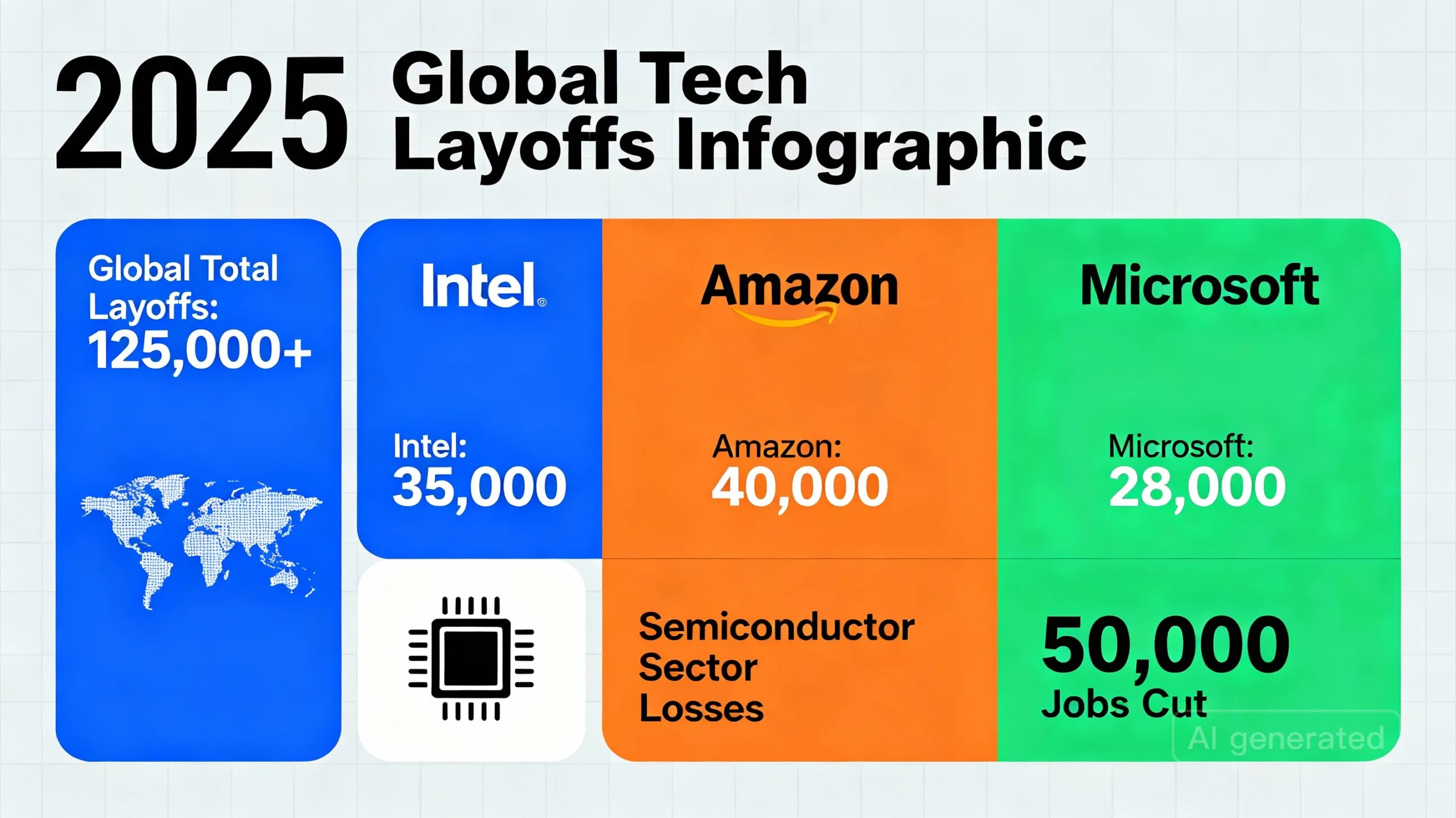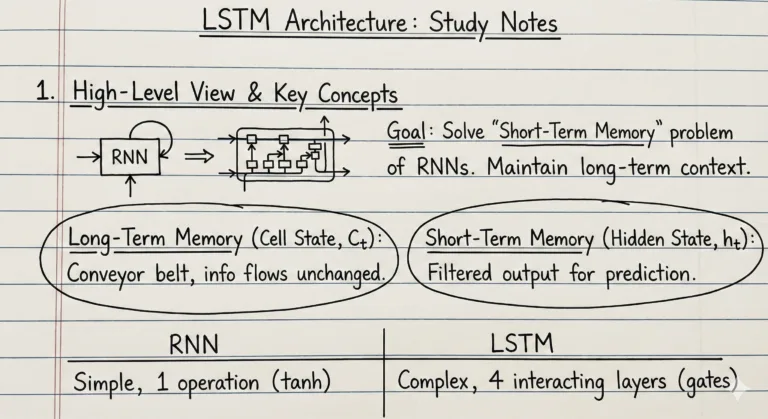Key Insights
- 2025 layoffs are at their highest levels since 2020, with over 950,000 jobs cut across major sectors, driven by economic slowdown and rapid AI adoption.
- Companies like Amazon and Meta are downsizing to boost efficiency, automate processes, and adapt to shifting market realities.
- The hardest-hit sectors include technology, retail, finance, and the federal government, signaling a structural change in the American workforce.
A year ago, the American job market was still basking in the afterglow of a post-pandemic boom. Now, in 2025, headlines are dominated by mass layoffs, with household names like Amazon, Meta, and major government agencies slashing tens of thousands of jobs. What’s driving this seismic shift, and why does it feel like so many are suddenly out of work?
AI and Automation: Silent Player behind Layoffs
One of the most significant factors behind the surge in layoffs is the aggressive adoption of AI and automation. Industry giants are restructuring to remain competitive in a rapidly digitizing world. For example, Amazon’s 14,000-job corporate downsizing was described as a “strategic realignment” to prioritize efficiency and AI-driven operations. Meta is following a similar path, focusing on staying “disciplined and lean” as digital ad revenues plateau and global spending shifts. These moves reflect a broader trend: companies are automating roles in logistics, data management, and customer service, replacing middle management and repetitive office jobs with software and robotics. As noted by labor analysts, this echoes earlier waves of automation that transformed manufacturing and technology sectors in the mid-2000s, but now it’s spreading rapidly across white-collar industries as well.
AI isn’t just a buzzword—it’s translating into real-world job displacement. Warehouses increasingly deploy robots for inventory and fulfillment; head offices automate spreadsheet management and data logistics. As AI systems become more capable, the demand for traditional administrative, HR, and even some tech roles is shrinking. According to Challenger, Gray & Christmas, job cuts surged 28% month-over-month and are up 42% year-over-year, with tech leading the charge .
You would love to Read :Meta Lays Off 600 in AI Superintelligence Labs, Reshapes Bay Area and Seattle Teams
Economic Slowdown and Corporate Cost-Cutting :The Silent Killer of Jobs
AI is only part of the story. The broader economic picture is equally important. The U.S. labor market has cooled dramatically: only 151,000 new jobs were added in October 2025, far below expectations, and the unemployment rate has climbed to 4.2%, its highest since 2021. Companies are responding to rising operational costs, inflation, and supply chain disruptions by aggressively cutting expenses—including payroll. Retailers alone have shed over 64,000 jobs due to bankruptcies, tariffs, and weak consumer demand. In finance, 42,000 positions have vanished as banks and investment firms adapt to tighter margins and regulatory uncertainty.
This wave of layoffs is not limited to the private sector. Nearly 300,000 federal jobs have been eliminated under new government efficiency mandates, with automation and privatization as central strategies. Critics argue these cuts undermine critical public services and are driven as much by political ideology as by fiscal necessity .
Sector Breakdown: Who’s Hit the Hardest?

Layoff impacts are not evenly distributed. Here’s a sector-wise breakdown based on the latest data:
| Sector | Jobs Cut (2025 YTD) | Key Drivers |
|---|---|---|
| Technology | 68,000+ | AI/automation, cost-cutting |
| Retail | 64,000+ | Bankruptcies, tariffs, automation |
| Finance | 42,000 | Weak margins, digital disruption |
| Government | 300,000 | Efficiency mandates, privatization |
| Manufacturing | Tens of thousands | Automation, supply chain issues |
Table: Major sectors affected by the 2025 mass layoffs. Source: Economic Times, Wikipedia
The pattern is clear: industries most exposed to technological disruption and cost pressures are making the deepest cuts. Startups and smaller firms, facing tighter financing and uncertain demand, are also trimming headcounts. Even healthcare and media are not immune, as companies seek to streamline operations and shift toward digital models.
You Would Love To read :Mass Layoffs Reshape ASIC EDA Industry Amid AI and Automation Boom
Looking Ahead: What Does This Mean for Workers?
The combination of AI adoption, economic slowdown, and corporate cost-cutting is driving a structural transformation in the U.S. job market. While some sectors may rebound as conditions improve, others are likely to see permanent changes in workforce needs. Analysts warn that layoffs could surpass 1 million in 2025, and the trend may continue into early 2026 if hiring freezes persist.
For workers, this means adapting to new realities:
- Developing skills in AI, automation, and digital tools will be critical for future job security.
- Flexibility and willingness to transition between sectors may be essential as some industries shrink and others expand.
- Financial planning and upskilling can help buffer the impact of sudden layoffs and economic uncertainty.
The 2025 layoff wave is not just a blip—it marks a turning point in how companies operate and what skills will matter most in tomorrow’s workplace.
Discover more from WireUnwired Research
Subscribe to get the latest posts sent to your email.




